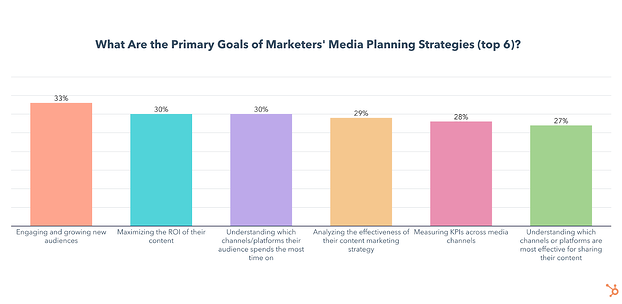In uncertain times, continuous planning should be the new norm – Nielsen
By Adam
The media planning process needed a reset even before the epidemic. Brands that have been forced to cut back their budgets during the past 18+ month will experience some uncertainty when it comes to media planning. The need to get back on track—and as quickly as possible—will be a priority heading into 2022. It’s important for marketers to recognize that the customary approach to media planning will be less relevant and effective both during the ongoing pandemic and in a post-pandemic world. Herein lies the problem. It is important to break the cycle of planning only once or twice per year and adopt an always-on, new approach.
SME recently identified three pillars of effective media planning that marketers should focus on in order to thrive in an uncertain future—focusing on the people they’re trying to reach, connected planning and continuous planning. While each of the three pillars work deliberately together, enabling continuous planning into a brand’s strategy may give it the quickest bang for its buck—and help brands get back on track after months of ongoing disruption.
Planing throughout the entire year takes less certainty.
Continuous planning is essential in order to manage the market volatility. Here are some steps for continuous planning success:
When disruption took hold at the pandemic’s outset, agile brands were better prepared to pivot to meet the changing needs and interests of consumers. Looking ahead, the days of “set it and forget it” are gone, and planning in 12-18 month cycles likely won’t be as effective going forward. Instead, marketers should continuously plan throughout the year to mirror the evolving needs of consumers—which can enable processes to run more efficiently and resources to be effectively allocated. Iterative planning—planning that involves adapting processes as a project unfolds and changing plans when necessary—can help a brand monitor, track and analyze campaign performance to identify optimization opportunities, along with what is and isn’t working. This allows marketers to quickly pivot their strategies based on feedback and adjustments in schedule, scope or budget.
-
Identifying the brand’s target audience and their media usage: By identifying the audience, attribution measurements can help marketers understand which channels consumers use and which advertisements create engagement.
-
Analyze competitor spending: Once you have a basic understanding about your target audience, it is important to understand how they spend their advertising dollars.
- Optimize, plan for and project reach & frequency: Whether using a continuity approach, flighting or pulsing—a combination of both, when frequency increases at times when the additional messaging can have a solid impact—marketers can be more effective.
Within these steps, defining the brand’s target audience and understanding what they’re engaging with—and not making decisions based solely on what is liked or what a competitor is doing—is key. To understand the behavior of their audience, marketers must also conduct a survey. Marketers will be able to accurately project frequency and reach if they have a better understanding of their target audience.
An established process is crucial to the success of these steps. It should ensure …read more
Source:: Social Media Explorer






